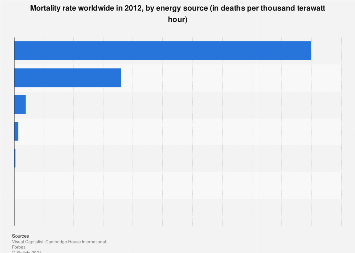
Energy surrounds us. You are responsible for the operation of everything, whether you need to use any household devices, take a walk in the recreation area, drive your vehicle around town, or do anything that involves development or action. But what is energy? Yet we are continually surrounded by it, the idea of this slippery but omnipresent power often misjudged or not contemplated at all.
What is energy?
Energy is the ability to take care of business. Work in this configuration is where a feed follows an element to cause it to be evicted. There are three main parts of the work: power, transfer, and cause. Reliant Energy Rates is the quantitative measure of the work that must be done on an object to make these parts. Energy is also a rationed quantity with a limited quantity in the universe, but there is an almost unlimited supply. It may very well be loved and saved in several ways, but it is far from a material substance, even if it tends to easily become a problem.
Why is energy important?
Energy is fundamental for all life and all cycles that occur throughout the universe. On Earth, the sun is a definitive source of all energy accessible and used by people, creatures, plants and microorganisms. This energy can come directly, such as photosynthesis, or indirectly, for example, as petroleum derivatives, which long ago captured the solar energy that is released when it is consumed.
Why is energy so important in our lives?
Energy is as important in our daily routine as it is an essential human need. We use energy to heat our man-made structures and we also use it to cool them. Energy is essential for getting up, walking down the street or, in any case, lifting your finger. It is also important in the event of an overflow for a wide range of today’s comforts, from lights to cars to vehicles.
Why do we need energy?
We want energy for unspeakable reasons. The most important thing is that he is expected to be alive. Energy is in everything we eat, consume or use.

Energy energizes and directs the normal internal capacities of the body. It repairs the cells and tissues of the body, is used to build muscle and is important for keeping up with homeostasis, and the crueler the time, the more energy is expected to keep up with this.
Digging a little deeper into the human body, energy should deliver chemicals, accommodate and move muscles, and transmit electrical driving forces between cells. In the public eye, energy is needed for everything from going to sit in front of the TV to keeping homes and organizations falsely lit.
Energy is needed for almost everything, without exception, in everyday life. In any case, when we are not focused on it, energy is available, controlling the body’s abilities in stillness or driving home devices regardless of whether they are turned off.
Petroleum products used in the energy age include coal, oil and flammable gases. Thermal energy is known as a non-renewable type of energy that creates no carbon dioxide emissions. Thermal power plants use partition, or the iota division demonstration, to provide large amounts of energy which are then used to boil water. The resulting steam spins a turbine that generates energy.
Sustainable energy uses much more accessible types of energy than oil, often drawing energy from direct processes from the sun (and, thanks to solar energy, drawing energy directly from the sun). Wind, hydro and geothermal energy use the cycles of the Earth to spin turbines for the energy age.



